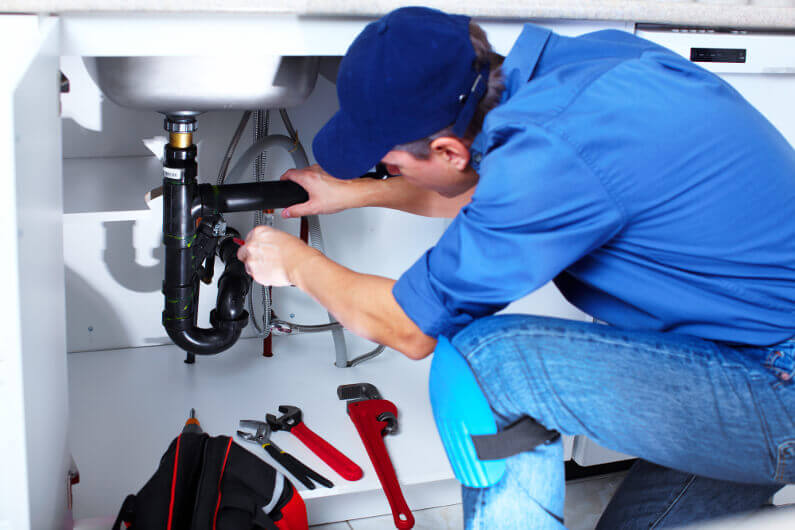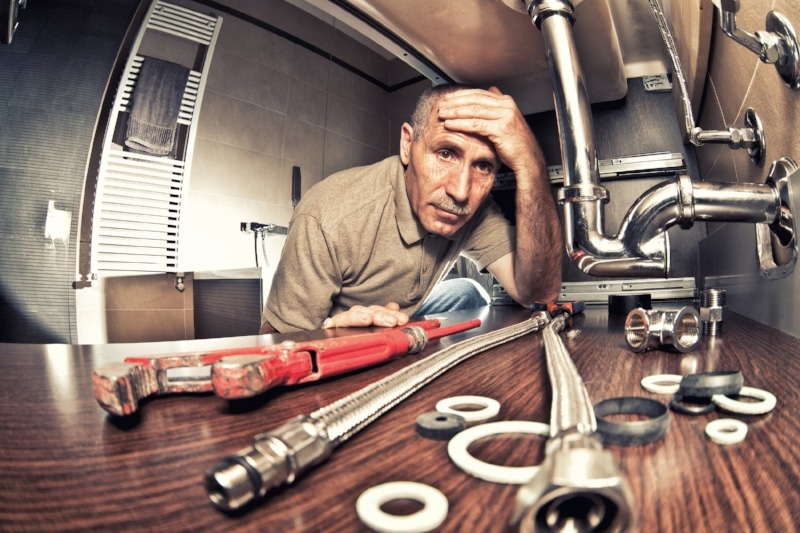When to DIY and When to Call a Professional Plumber: Recommendations for Homeowners
When to DIY and When to Call a Professional Plumber: Recommendations for Homeowners
Blog Article
This article on the next paragraphs about When to call a professional plumber vs. DIY is fairly enlightening. Don't bypass it.

Intro
Pipes problems can range from minor troubles to major headaches, often prompting home owners to decide in between dealing with the issue themselves or hiring a professional plumbing. Knowing when to do it yourself and when to seek specialist assistance can save time, cash, and avoid possible catastrophes. This write-up checks out the factors to think about when making this crucial decision.
Advantages of DIY Pipes
Tackling plumbing jobs on your own can be satisfying in numerous methods, specifically for simpler projects.
Price Cost savings
Do it yourself pipes jobs often save money by staying clear of specialist service fees. Tasks like repairing minor leakages, changing taps, or installing new showerheads are examples where homeowners can handle repair work without hiring a plumber.
Ability Improvement
Participating in DIY plumbing offers a possibility to find out and enhance useful skills. Basic jobs equip property owners to understand their pipes systems much better and gain self-confidence in managing tiny repair work independently.
Threats of DIY Pipes
While DIY projects use benefits, certain threats should be carefully thought about prior to trying repairs.
Intricacy of Jobs
Some plumbing problems need specific knowledge and tools past common home owner capabilities. Mishandling complicated problems can cause further damages and expensive repairs.
Security Issues
Dealing with pipes systems involves dangers such as direct exposure to water damages, capacity for electrical threats, and taking care of devices inaccurately. Safety safety measures should be observed to prevent mishaps and guarantee reliable fixings.
Indicators to Call a Specialist Plumbing Technician
Acknowledging when a plumbing concern goes beyond DIY capacities is important to preventing worsening issues.
Signs of Facility Problems
Instances include:
Motivate expert treatment is required to resolve these problems effectively and reduce damage.
Do It Yourself Pipes Tips
For successful DIY pipes, it's essential to be prepared with the right tools and comply with appropriate procedures.
Standard Tools and Products
Key tools for do it yourself pipes:
Step-by-Step Guides
Clear instructions guarantee risk-free and reliable do it yourself repairs:
Selecting the Right Time to DIY
Determining when to tackle pipes jobs yourself requires evaluating both the complexity of the issue and individual comfort levels.
Analysis Checklist
Consider:
When to Definitely Call a Professional
Particular scenarios demand immediate skilled focus to avoid substantial damage or security dangers.
Examples include:
Searching for and Hiring a Professional Plumber
Picking a qualified plumber makes certain trusted service and satisfaction in fixing pipes problems.
Criteria for Choice
Factors to think about:
Expense Evaluation: do it yourself vs. Expert Providers
Comparing the monetary ramifications of do it yourself efforts versus expert pipes solutions helps in making notified choices.
Financial Considerations
Evaluate:
Verdict
Deciding whether to DIY or call a professional plumbing rests on comprehending the complexity of pipes concerns and personal abilities. By evaluating the advantages and dangers, property owners can make informed options that promote effective upkeep and protect their homes from plumbing calamities.
DIY Plumbing Projects: What Homeowners Can Do and When to Call a Professional
Welcome to our comprehensive guide on DIY plumbing projects. In this blog post, we aim to empower homeowners with the knowledge and skills to tackle basic plumbing tasks around the house. From unclogging drains to fixing a leaky faucet, we’ll walk you through step-by-step instructions on how to handle these common issues.
However, not all plumbing problems can or should be solved with a DIY approach. Recognizing when a problem is beyond your skill level and requires professional intervention is just as important as knowing how to perform basic tasks. We’ll also discuss the signs that indicate it’s time to put down your tools and pick up the phone to call a professional plumber. By understanding when to DIY and when to call a professional, you can save time, avoid potential disasters, and ensure your home’s plumbing system remains in top shape.
Understanding Plumbing Basics
Before we dive into the DIY projects, let’s take a moment to understand the basics of your home’s plumbing system. A typical residential plumbing system consists of two major components: the water supply system, which brings fresh water into your home, and the drainage system, which removes waste water. These systems are made up of a network of pipes, valves, and fixtures that work together to deliver clean water and dispose of waste efficiently.
Regular maintenance of your plumbing system is crucial to prevent minor issues from escalating into major problems. This includes tasks like checking for leaks, removing minor clogs, and ensuring your pipes are insulated for winter. By performing these tasks regularly, you can extend the lifespan of your plumbing system, save money on water bills, and maintain the comfort and hygiene of your home.
In the following sections, we’ll explore some common DIY plumbing projects that homeowners can handle, as well as situations that require the expertise of a professional plumber. Whether you’re a seasoned DIY enthusiast or a beginner, this guide will provide you with valuable insights into the world of home plumbing.
DIY Plumbing Projects Homeowners Can Handle
Plumbing may seem intimidating, but there are several tasks that homeowners can confidently tackle with a little guidance and the right tools. Here are a few common issues you might encounter and how to address them.
Unclogging Drains
Use a Plunger: This is your first line of defense. A good old-fashioned plunger can dislodge the obstruction and clear the drain in many cases. Try a Plumber’s Snake or Hand Auger: If the plunger doesn’t work, a plumber’s snake or hand auger can reach deeper into the pipe to break up the clog. Use a Drain Cleaner: If physical methods fail, a chemical drain cleaner can dissolve the clog. However, use these products sparingly as they can damage your pipes if overused.

I was shown that editorial on When to Call a Plumber? DIY or Professional Help from an acquaintance on a different blog. Please pause to distribute this write-up if you enjoyed reading it. Thanks a lot for going through it.
Click Here Report this page